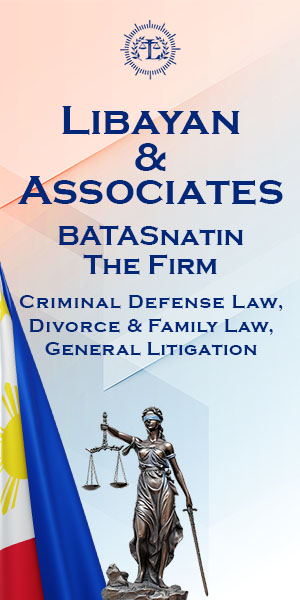The general rule is: a buyer of registered and titled land need only show that he relied on the face of the title to the property. He need not prove that he made further inquiry for he is not obliged to explore beyond the four corners of the title. However there is an exception to this rule. Such exception is enunciated in the case Uy v. Fule, et. al.[1], to wit:
“To prove good faith, a buyer of registered and titled land need only show that he relied on the face of the title to the property. He need not prove that he made further inquiry for he is not obliged to explore beyond the four corners of the title. Such degree of proof of good faith, however, is sufficient only when the following conditions concur: first, the seller is the registered owner of the land; second, the latter is in possession thereof; and third, at the time of the sale, the buyer was not aware of any claim or interest of some other person in the property, or of any defect or restriction in the title of the seller or in his capacity to convey title to the property. Absent one or two of the foregoing conditions, then the law itself puts the buyer on notice and obliges the latter to exercise a higher degree of diligence by scrutinizing the certificate of title and examining all factual circumstances in order to determine the seller’s title and capacity to transfer any interest in the property. Under such circumstance, it was no longer sufficient for said buyer to merely show that he had relied on the face of the title; he must now also show that he had exercised reasonable precaution by inquiring beyond the title. Failure to exercise such degree of precaution makes him a buyer in bad faith.” (emphasis supplied)
[1] G.R. No. 164961, June 30, 2014.



 Spotify
Spotify  iTunes
iTunes  AppleMusic
AppleMusic  YouTube
YouTube 


